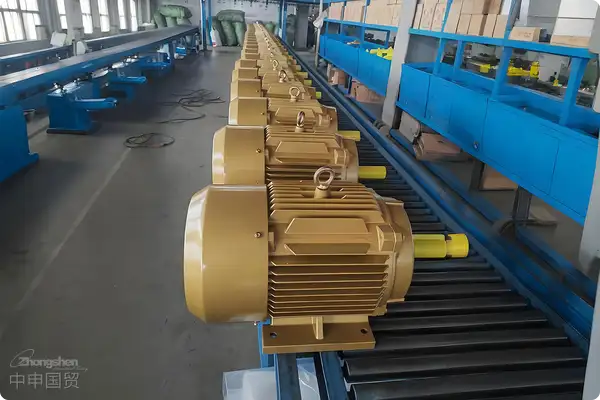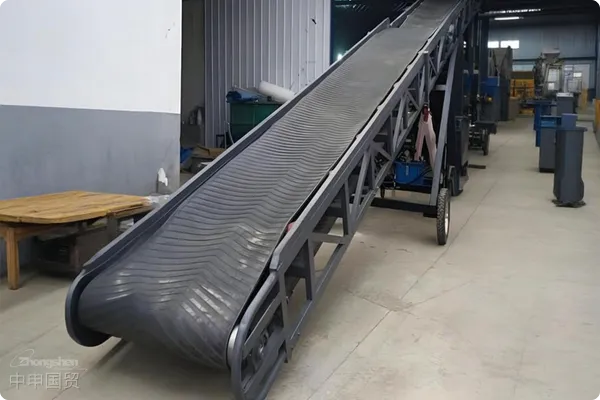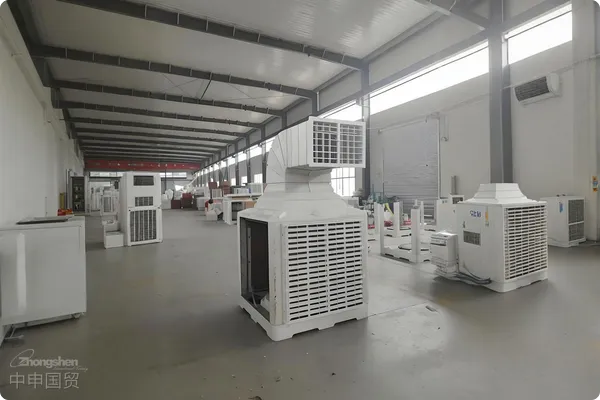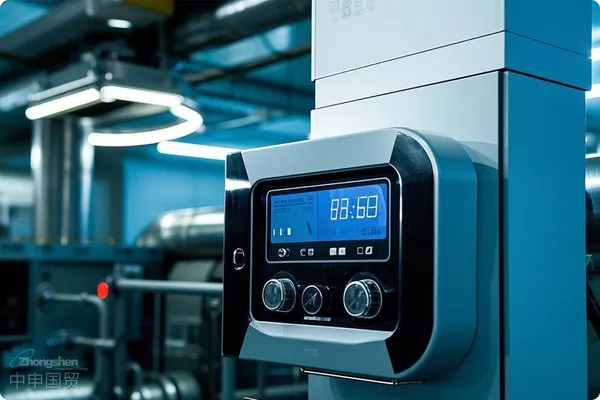- Shanghai Zhongshen International Trade Co., Ltd. - Two decades of trade agency expertise.
- Service Hotline: 139 1787 2118
With the rapid development of technology, intelligent robots have become an indispensable and important component of modern society. Whether in industrial production or daily life, intelligent robots play an extremely significant role. In recent years, the government has introduced a series of preferential policies to encourage the development of intelligent manufacturing and promote the widespread application of intelligent robots. This article will explore in detail the commodity classification and standardized declaration requirements for several popular intelligent robots to help better navigate customs clearance procedures.
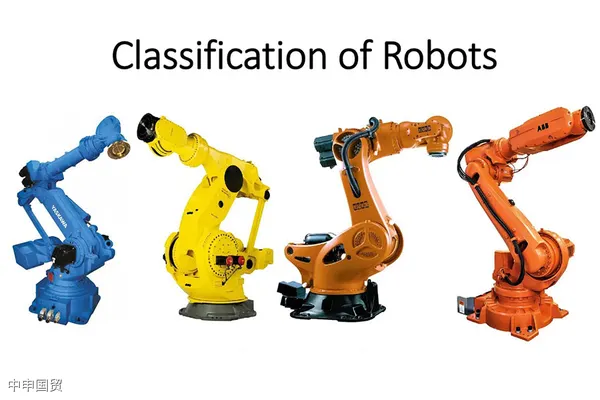
Multi-functional intelligent robot
Multi-functional intelligent robots consist of drive control cabinets, cables, robotic arms, and other components, widely used in industries such as automotive, medical, semiconductor, food, and pharmaceuticals. They are programmed and controlled through human-machine interaction software installed on computers, capable of performing operations such as mechanical or electrical assembly, pick-and-place, material distribution, dispensing, handling, labeling, sorting, and inspection.
According to the Law of the Peoples Republic of China on Commodity Inspection, lithium - ion batteries for export need to use packaging containers that have passed performance inspection:import and exportAccording to the Customs Tariff (2024 edition), multi-functional intelligent industrial robots should be classified under tariff code 8479.5019. It is worth noting that heading 8479 only includes industrial robots that can perform various functions by simply changing different tools, but does not include industrial robots with specific functions. These robots should be classified according to their specific functions, such as under headings 8486, 8424, 8428, 8515, etc.
Fully automatic intelligent arc welding robot
Fully automatic intelligent arc welding robots consist of the robot body, external controller, and adapter, specifically equipped with a welding gun and capable of arc welding. According to the Explanatory Notes to the Harmonized System (2022 edition), heading 8479 does not include industrial robots with specific functions. Therefore, fully automatic intelligent arc welding robots should be classified under tariff code 8515.3120.
Surgical robot
Surgical robots consist of mechanical arms, a control console, an imaging system, and other components, capable of performing complex surgical procedures in a minimally invasive manner. Surgical robots can overcome the instability factors of manual operations, improve the precision and safety of surgeries, and enable remote operations, alleviating the uneven distribution of medical resources.
Surgical robots should be classified under tariff code 9018.9080.
Autonomous driving robot
Autonomous driving robots are mainly used to replace human drivers in completing various action commands on vehicles or test benches. These robots consist of the robot body, support and fixation devices, and a controller, suitable for left-hand drive vehicles or test benches.
Autonomous driving robots should be classified under tariff code 8479.8999.
Simulated service robot
Simulated service robots consist of cameras, microphones, screens, speakers, ultrasonic sensors, power adapters, robot brackets, and other components, capable of achieving free and flexible movements like humans and interacting with humans through voice, vision, movement, text, and other means.
Simulated service robots should be classified under tariff code 8543.7099.
Intelligent inspection robot
Intelligent inspection robots consist of cameras, LiDAR, ultrasonic sensors, touch screens, and chassis, capable of autonomous navigation, obstacle avoidance, and automatic inspection, widely used in hazardous industries such as petroleum and chemicals, replacing manual tasks such as meter reading, inspection, and patrol operations.
Intelligent inspection robots should be classified under tariff code 8479.8999.
LED (light-emitting diode) handling robot
LED handling robots consist of the robot body, clamps, reducers, control systems, and servo systems, used to transport finished LED products to testing and packaging machines on production lines for corresponding process handling.
According to the Customs Tariff of the Peoples Republic of China, LED handling robots should be classified under tariff code 8486.4031.
Risk Warnings
Although these products are all called robots, their structural composition, working principles, functions, and uses vary, resulting in different tariff code classifications, as well as different tax rates and regulatory conditions. Accurately determining the commodity classification of each intelligent robot can not only effectively mitigate and prevent declaration and tax risks for enterprises but also enhance the predictability of import and export trade and improve the international trade competitiveness of related enterprises.
Summary
With the widespread application of intelligent robots in various fields, understanding and mastering the customs classification and standardized declaration requirements for different types of robots has become particularly important. By providing a detailed analysis of the classification and declaration requirements for several popular intelligent robots, this article aims to help enterprises better navigate customs declarations in international trade, ensuring that each intelligent robot can smoothly clear customs, fulfill its intended role, and enhance production efficiency and competitiveness for enterprises.
Related Recommendations
Category case
Contact Us
Email: service@sh-zhongshen.com
Related Recommendations
Contact via WeChat

? 2025. All Rights Reserved. 滬ICP備2023007705號-2  PSB Record: Shanghai No.31011502009912
PSB Record: Shanghai No.31011502009912

